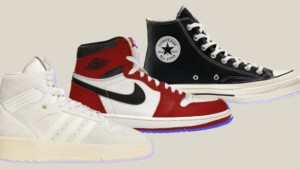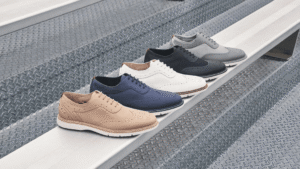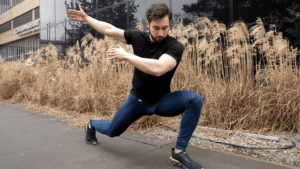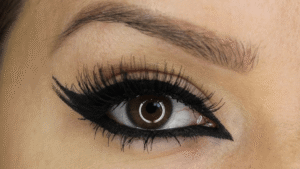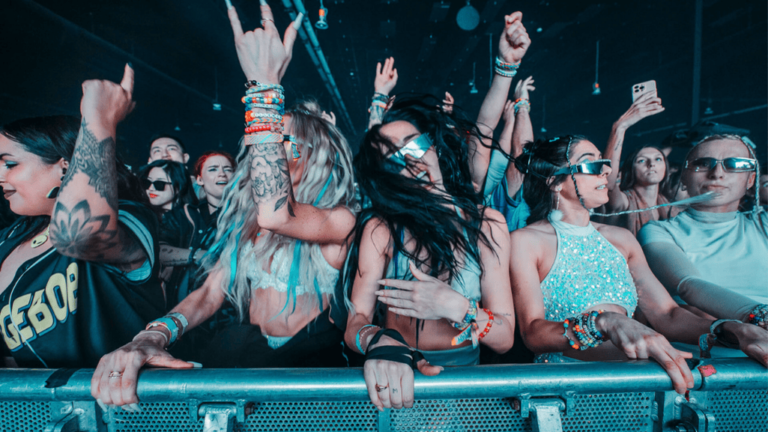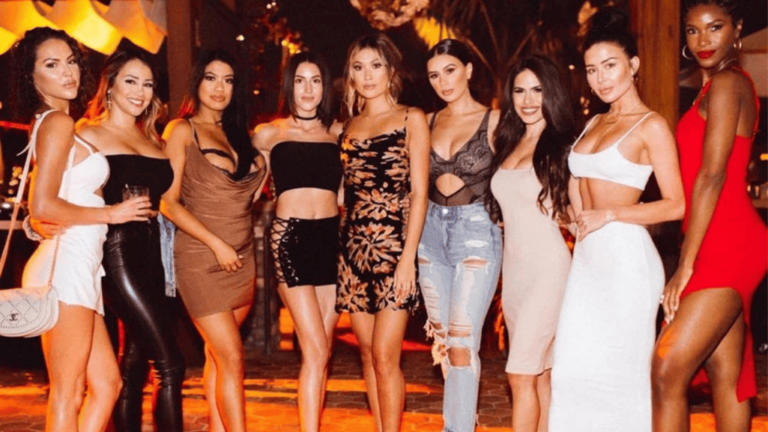Welcome to our fashion journey through the history of 21st century fashion. In this article, we will delve into the trends, influences, and designers that have shaped the fashion landscape over the past two decades. From the rise of fast fashion to the impact of technology and social media, join us as we explore the ever-evolving world of style and design.
Key Takeaways:
- The 21st century fashion industry has gone through significant transformations, influenced by technology, social media, and sustainability.
- From the casual and revealing styles of the 1960s to the revival of vintage looks in the 2010s, fashion trends have constantly evolved.
- Fast fashion brands like H&M and Forever 21 have played a significant role in shaping the fashion landscape of the 21st century.
- The 21st century fashion industry is marked by its versatility and agility, with the desire for constant novelty and new trends.
- Fashion designers have used technology and sustainable practices to create innovative and environmentally friendly designs.
The Characteristics of Fashion in the 21st Century
Fashion in the 21st century is a dynamic and ever-evolving industry, shaped by contemporary fashion history, fashion innovations, and sustainable fashion movements. This era has witnessed tremendous changes in the way fashion is produced, consumed, and perceived.
The fourth industrial revolution and advancements in technology have had a profound impact on the fashion industry. Designers now have access to digital tools and software that enable them to create innovative designs with precision and efficiency. Virtual reality has revolutionized the way fashion shows are presented, allowing viewers to experience collections in an immersive and interactive manner.
One of the most significant developments in 21st-century fashion is the rise of fast fashion. Fast fashion brands such as Zara and H&M have popularized the concept of affordable and trend-driven clothing. This approach has influenced the industry to produce garments at a rapid pace, with shorter product lifecycles and constant turnover of styles.
Sustainability has become a key focus in the 21st-century fashion landscape. As consumers become more aware of the negative environmental and social impacts of the industry, there has been a growing demand for sustainable fashion alternatives. Sustainable fashion movements advocate for ethical production practices, fair wages, and the use of environmentally friendly materials. Designers and brands are incorporating recycled fabrics, organic materials, and innovative production techniques to reduce their ecological footprint.
“Sustainable fashion is not a trend, it’s a movement that aims to transform the fashion industry into an ethical and environmentally conscious ecosystem.” – Stella McCartney
Social media has played a significant role in shaping fashion in the 21st century. Platforms like Instagram and Pinterest have become influential channels for style inspiration and trend dissemination. Fashion influencers and bloggers have gained immense popularity, influencing consumers’ purchasing decisions and setting new trends. The desire for constant novelty and the need to stay updated with the latest fashion has fueled the demand for rapidly changing styles.
Innovations in Fashion
In addition to sustainability and technology, the 21st century has witnessed numerous fashion innovations that have revolutionized the industry. From 3D printing of clothing and accessories to wearable technology, designers have been pushing boundaries and blurring the lines between fashion and technology.
Wearable technology has been a notable breakthrough, with brands incorporating smart features into garments and accessories. From fitness trackers and smartwatches to clothing with built-in sensors, wearable technology has transformed the way we interact with fashion and apparel.
Contemporary Fashion History
Contemporary fashion history in the 21st century is marked by its inclusive and diverse approach. Designers are embracing cultural influences, celebrating heritage, and breaking traditional fashion norms. The rise of streetwear and gender-fluid fashion has challenged the conventional definitions of style and beauty.
| Fashion Innovations | Sustainable Fashion Movements | |
|---|---|---|
| Definition | Innovative designs, technologies, and concepts reshaping the fashion industry. | Movements advocating for ethical production, fair wages, and environmentally friendly materials. |
| Examples | 3D printing, wearable technology, smart textiles | Recycled fabrics, organic materials, upcycling |
| Impact | Pushing boundaries, blurring the lines between fashion and technology | Promoting sustainability and social responsibility in the industry |
As we continue to navigate the 21st century, fashion will undoubtedly evolve and transform in response to societal changes and technological advancements. From embracing sustainability to celebrating diversity, this era promises new possibilities and opportunities for the fashion industry to innovate and create meaningful change.
Fashion in the 2000s
The 2000s witnessed a diverse range of fashion trends, blending global and ethnic influences to create a unique style. One notable trend that gained popularity during this era was the boho style, which drew inspiration from bohemian and hippie aesthetics.
Boho fashion embraced a relaxed and free-spirited vibe, characterized by flowing dresses, floral prints, and eclectic accessories. Celebrities like Sienna Miller played a significant role in popularizing the boho-chic look, often seen sporting vintage and designer pieces that exuded effortless elegance.
Another prominent fashion trend of the 2000s was the evolution of jeans. The decade started with the dominance of low-rise, flared jeans, reflecting the influence of the pop culture and music scene. As the years progressed, bootcut jeans gained traction, eventually paving the way for the iconic skinny jeans that defined the latter part of the 2000s.
Fast fashion emerged as a key player in shaping fashion trends during the 2000s. Brands like H&M and Forever 21 offered affordable and on-trend clothing, allowing people to embrace new styles without breaking the bank. This emphasis on fast fashion not only influenced the accessibility of fashion but also contributed to the increasing demand for constant novelty and quick turnarounds in the industry.
“The 2000s marked a shift in fashion towards a more inclusive and globalized approach. Boho fashion and skinny jeans became synonymous with the era, reflecting the desire for self-expression and individuality while embracing comfort and effortless style.”
To summarize the fashion landscape of the 2000s, the era was defined by a mix of boho-inspired looks, the evolution of denim, and the rise of fast fashion. It was a time of experimenting with eclectic styles and celebrating diversity in global fashion influences.
Fashion in the 2010s
The 2010s were a decade marked by a diverse range of fashion styles and trends. From the revival of austerity-era fashion to the rise of athleisure wear, this decade saw a fusion of old and new influences. One notable trend was the return to structured silhouettes inspired by the fashion of the 1940s and 1980s, offering a modern twist on classic designs.
The influence of social media influencers played a significant role in shaping fashion trends during this decade. Platforms like Pinterest and Instagram allowed for the rapid dissemination of style inspiration, leading to the quick adoption of new trends. Celebrities and fashion bloggers became influential tastemakers, influencing the choices of a wide range of fashion enthusiasts.
One defining aspect of 2010s fashion was the rise of “It items”. These were specific, highly popular items that gained cult-like followings. Examples of It items include the Von Dutch trucker hats and Juicy Couture velour tracksuits, which became must-have pieces among fashion-forward individuals.
“Fashion is constantly evolving, and the 2010s marked a shift towards individuality and self-expression. The rise of It items demonstrated the power of cult fashion pieces to create a sense of belonging and identity for fashion enthusiasts.” – Fashion expert
The 2010s also saw a significant increase in designer collaborations with fast fashion retailers, which brought high fashion to the masses. Collaborations like Karl Lagerfeld for H&M generated immense hype and made designer pieces more accessible to a wider audience. This democratization of fashion allowed people to express their personal style without breaking the bank.
To summarize, fashion in the 2010s was marked by a blend of old and new influences, with the revival of austerity-era fashion, the rise of athleisure wear, and a return to structured silhouettes. The era saw the dominance of It items and the democratization of high fashion through collaborations with fast fashion retailers.
| Trend | Description |
|---|---|
| Austerity-era Fashion | The revival of fashion styles from the period of economic austerity after World War II, characterized by structured silhouettes and tailored designs. |
| Athleisure Wear | The blending of athletic and leisurewear, resulting in comfortable yet stylish outfits suitable for both gym and casual wear. |
| Structured Silhouettes | Inspired by the fashion of the 1940s and 1980s, featuring tailored pieces with defined shoulders and cinched waists. |
| It Items | Highly popular fashion pieces that gained cult-like followings, often driven by celebrity endorsements and social media influence. |
| Fast Fashion Collaborations | Partnerships between high-end designers and fast fashion retailers, making designer fashion more accessible to a wider audience. |
Conclusion
Fashion in the 21st century has witnessed a fascinating evolution, blending past styles with new innovations. From the casual and revealing styles of the 1960s to the revival of vintage looks in the 2010s, fashion trends have constantly shifted, influenced by technology, social media, and the rise of fast fashion.
This century has seen rapid changes and adaptations in the fashion industry, as it continues to respond to consumer demands and societal changes. Sustainability and ethical production have emerged as key concerns, as consumers become more aware of the environmental impact of fashion. The industry has begun to adopt more sustainable practices and materials, prioritizing responsible and ethical production.
As we move further into the 21st century, it will be fascinating to witness how fashion evolves and continues to shape our modern style. The constant interplay between tradition and innovation, fueled by advancements in technology and the influence of social media, will undoubtedly drive the future of fashion. As trends come and go, one thing remains certain: fashion will always be a dynamic reflection of our ever-changing times.
Frequently Asked Questions
How has fashion evolved in the 21st century?
Fashion in the 21st century has undergone significant changes, influenced by technology, social media, and the rise of fast fashion. It has become more versatile and agile, with shorter product lifecycles and trend-driven designs.
What are some characteristics of fashion in the 21st century?
Fashion in the 21st century is marked by its versatility and agility. It is influenced by technology and the rise of fast fashion, with trends being disseminated rapidly through social media platforms. In recent years, there has also been a focus on sustainable fashion movements, promoting ethical production and environmentally friendly materials.
How did fashion evolve in the 2000s?
The 2000s saw a mix of global and ethnic clothing styles, with boho fashion and ethnic-inspired designs gaining popularity. Low-rise, flared jeans dominated the early 2000s, followed by the rise of bootcut and skinny jeans. Fast fashion brands played a significant role in shaping the fashion trends of the decade.
What were the fashion trends in the 2010s?
The 2010s witnessed a revival of austerity-era fashion, the rise of athleisure wear, and a return to structured silhouettes from the 1940s and 1980s. Social media influencers had a major impact on fashion trends during this decade. It items, such as Von Dutch trucker hats and Juicy Couture velour tracksuits, became highly popular. Designer collaborations with fast fashion retailers also brought high fashion to the masses.
What can we expect from fashion in the future?
As we move further into the 21st century, fashion is expected to continue evolving and shaping our modern style. The industry will likely adapt to consumer demands and societal changes, with sustainability and ethical production becoming even more prominent. It will be interesting to see how new innovations and technologies will influence fashion trends in the future.






